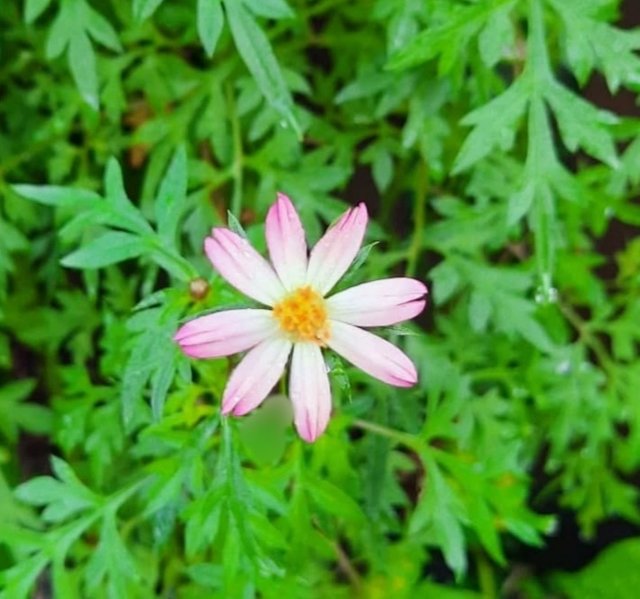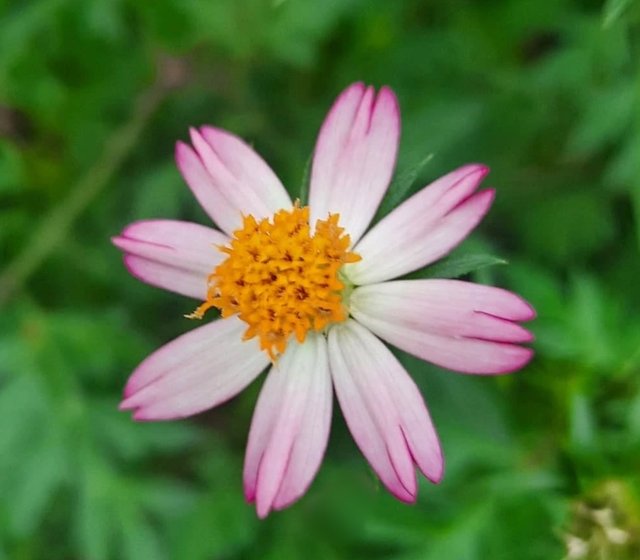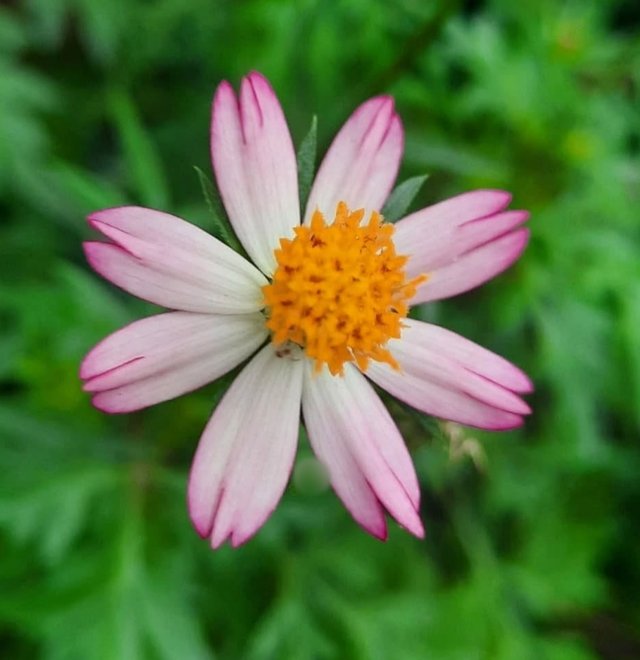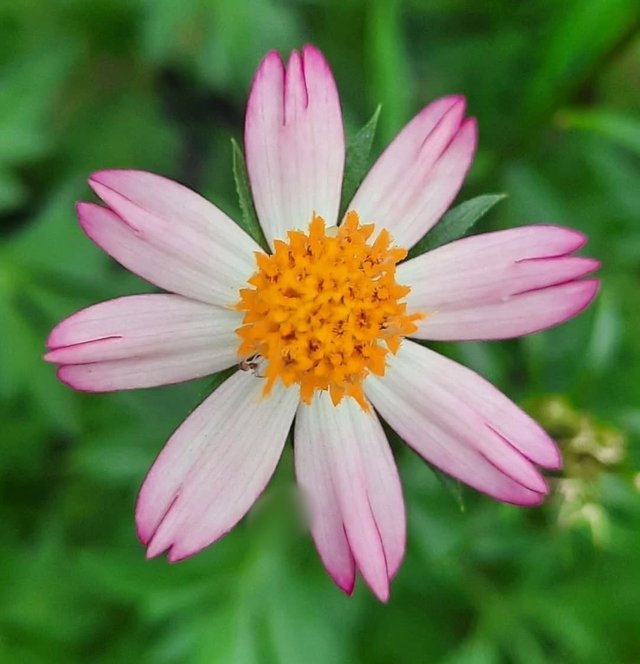Ulam Raja So Beautiful Flower
Ulam Raja: The King of Ulam and Its Rich Heritage
Ulam Raja, affectionately known as the "King of Ulam," is more than just a leafy herb found in Southeast Asian backyards—it's a symbol of cultural heritage, natural health, and biodiversity. Popular in countries like Malaysia, Indonesia, and Thailand, Ulam Raja is a cornerstone of traditional diets, especially among Malays who value its culinary versatility and medicinal properties.
Origins and Botanical Background
Despite its local fame in Southeast Asia, Ulam Raja is actually native to Latin America. It was introduced to Southeast Asia during the colonial era and quickly became naturalized, thriving in the region's tropical climate. The name "Ulam Raja" literally translates to "the King's Salad" in Malay, emphasizing its revered status in traditional cuisine.
Belonging to the Asteraceae family, the same as sunflowers and daisies, this plant features delicate, feathery leaves and small purple or pink flowers that resemble cosmos blooms. It is a fast-growing, sun-loving plant that can reach up to two meters in height, making it a favorite in home gardens.
Culinary Uses
Ulam Raja is a popular component of "ulam" — a traditional Malay raw salad typically eaten with sambal, rice, and other accompaniments. The leaves are usually harvested young and eaten fresh to preserve their mild, slightly tangy flavor with hints of wild parsley and mango.
In traditional Malay meals, Ulam Raja often shares the plate with other herbs such as pegaga, daun kesum, and petai, creating a medley of textures and flavors. Some adventurous cooks even use it in pesto, herbal soups, or as a garnish for grilled fish.
Thanks For Reading
Device Information
| Device | cannon eos 700D |
|---|---|
| Lens | 55-250 zoom leans |
| Location | Bangladesh |




